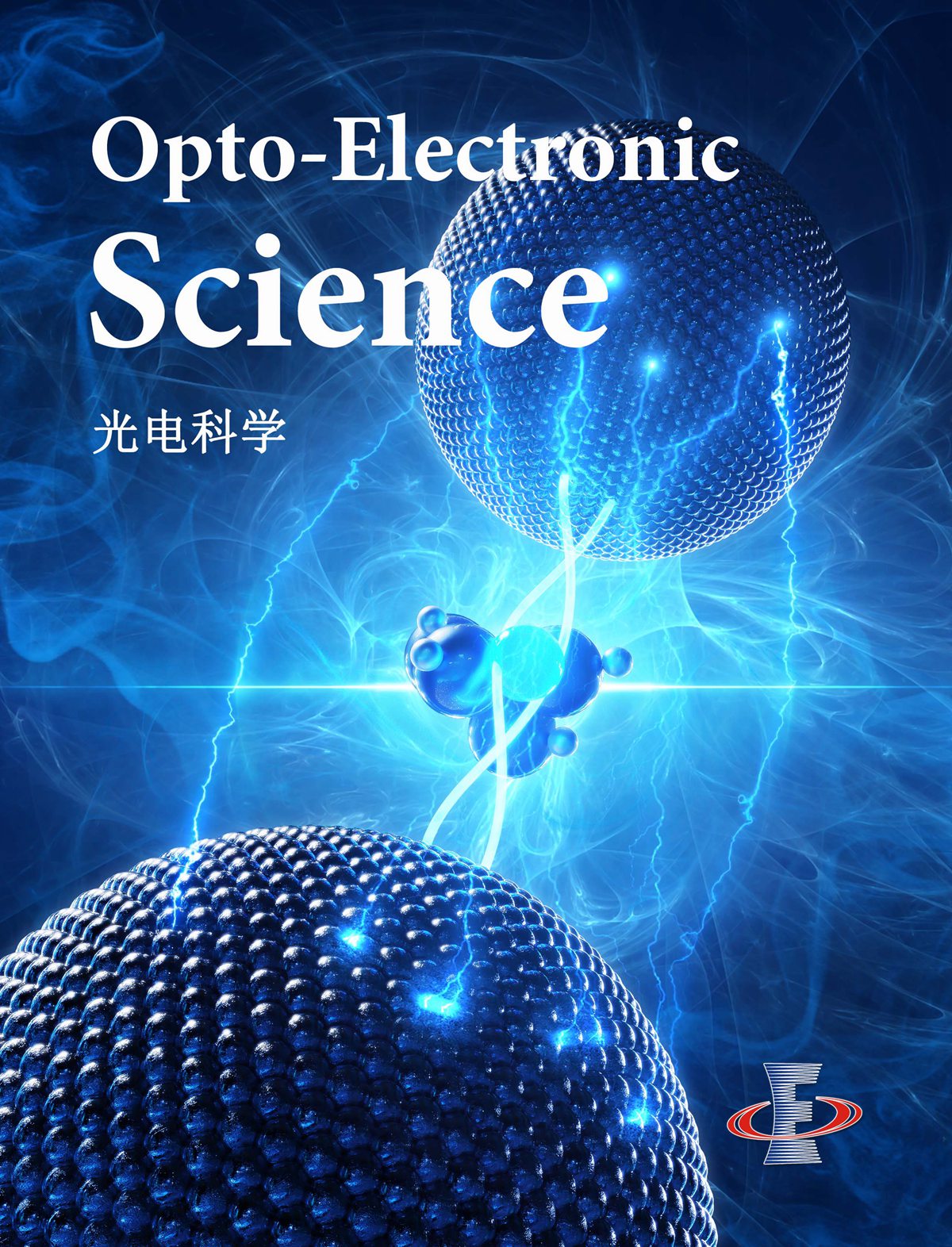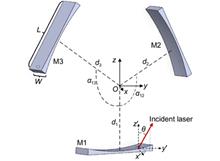 View fulltext
View fulltext
One dimensional sub-wavelength gratings, also known as metagratings have attracted enormous attention due to the relatively simpler design configurations with versatile application potentials. In recent times, these metagratings have played crucial roles in terahertz frequency domain to realize several fascinating effects. It has been demonstrated that the terahertz characteristics of these metagratings can be modified by carefully designing the grating geometry along with meticulously tuning the material characteristics. Such variations in grating design have led to enhanced device performances. In addition, suitably designed metagratings are capable of exciting strong evanescent orders that can be exploited in ultrasensitive sensing, optical trapping, non-linearity, etc. Based on the tremendous potentials offered by the planar geometry (ease of fabrication) along with diverse utilities, we have reviewed few representative works pertaining to terahertz metagratings in this article. Hence, we have discussed metagratings based antireflection coating and a polarization beam splitter operating in THz region modelled using simplified model method. Further, we have discussed experimental detection of evanescent waves excited in metagratings utilizing Fourier transformed terahertz spectroscopy (FTTS) technique. FTTS is a unique technique because of its ability of simultaneous detection of propagating and non-propagating orders. Next, we have discussed applications of metagratings in sensing trace amount of analytes. Considering the increasing interests in these one-dimensional artificial subwavelength structures, we believe, our article will be useful for the researchers willing to begin work on terahertz subwavelength gratings.
In this paper, a novel highly sensitive methane (CH4) and acetylene (C2H2) dual-gas light-induced thermoelectric spectroscopy (LITES) sensor based on Lissajous space-division multiplexed (LSDM) technology and trapezoidal-head quartz tuning fork (QTF) detector was reported for the first time. A theoretical LSDM model was established on the basis of three-mirror astigmatic multi-pass cell (MPC) and it was used to design a pair of Lissajous spot patterns with optical path length to volume ratios (OPL/Vs) of 13.5 cm?2 and 13.3 cm?2, respectively. Two self-designed trapezoidal-head QTFs with low resonant frequencies of less than 10 kHz and quality factor of ~12000 were adopted to enhance the detection ability. Two kinds of fiber amplifier, erbium doped fiber amplifier (EDFA) and Raman fiber amplifier (RFA), were combined to amplify the output power of two diode lasers to improve the excitation strength. After optimization, minimum detection limit (MDL) of 268.8 ppb and 91.4 ppb for real-simultaneous CH4 and C2H2 sensing were obtained, respectively. When the integration time of the system were 150 s and 100 s, the MDLs could be improved to 54.8 ppb and 26.1 ppb, accordingly. Further improvement methods for such sensor were discussed.










